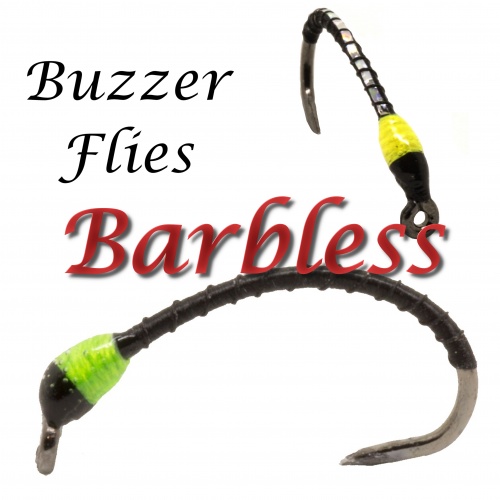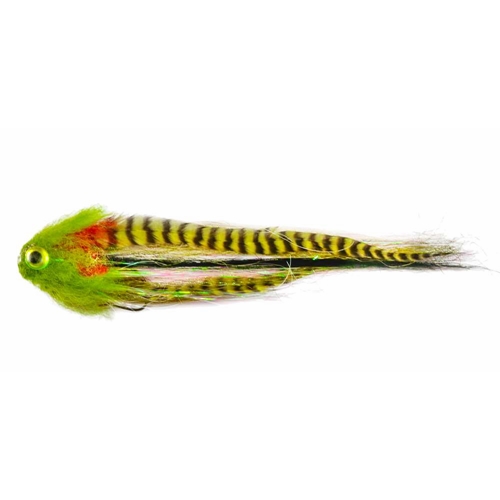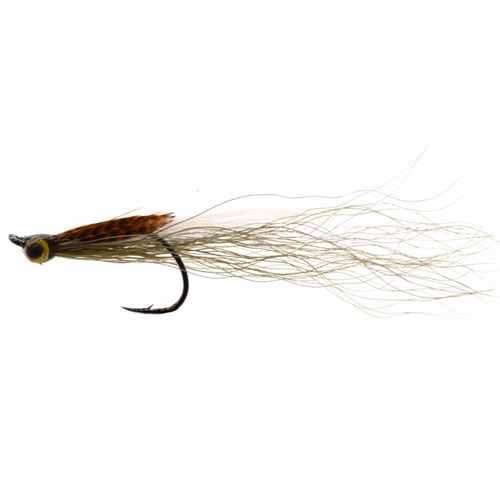 When you are trout fly fishing, don’t let bugs bother you, and don’t start spraying something to kill them. Experienced anglers know all this already, but beginnings should recognise that flying bugs are actually a good sign. Whether they are sitting on the water, crawling out of it, or clinging to the underside of rocks in a stream, it’s a good sign. Birds swooping over a stream to eat bugs are good, too. A sign of a hatch!
When you are trout fly fishing, don’t let bugs bother you, and don’t start spraying something to kill them. Experienced anglers know all this already, but beginnings should recognise that flying bugs are actually a good sign. Whether they are sitting on the water, crawling out of it, or clinging to the underside of rocks in a stream, it’s a good sign. Birds swooping over a stream to eat bugs are good, too. A sign of a hatch!
But if you’re worried about being bitten, rest assured that most of the insects trout eat don't have any working mouth parts and cannot bite. However, there might still be a mosquito or two around, but it’s worth tolerating them for a good day’s fishing. You don't have to be an insect expert to fly fish. Tying flies, though, does require more knowledge about the parts of insects and how they look.
Most trout food falls into three categories. Each of those also has a nymphal form, which we have spoken about in previous postings, which are also food for the fish. But what we see above the water is the easiest to recognise. You can try catching one or closely observe insects floating on the surface. Experienced anglers carry a little net to scoop stuff out of the water. Caddis are the most common trout food. They will fly up and down and sideways in a quick flitting motion, which is their mating ritual. Colours vary from almost white to nearly black with lots of tan and brown shades in between. When they hatch caddis build a tiny underwater house. Some use tiny sticks, some sand and bits of gravel. The house has one opening and the caddis nymphs stick tiny legs out the opening and grab even tinier food as it passes by in the current. A caddis dry fly is a great choice for beginners. It bounces and skitters on the water, so precise presentation in trout fly fishing is not as important as when presenting a mayfly.




















